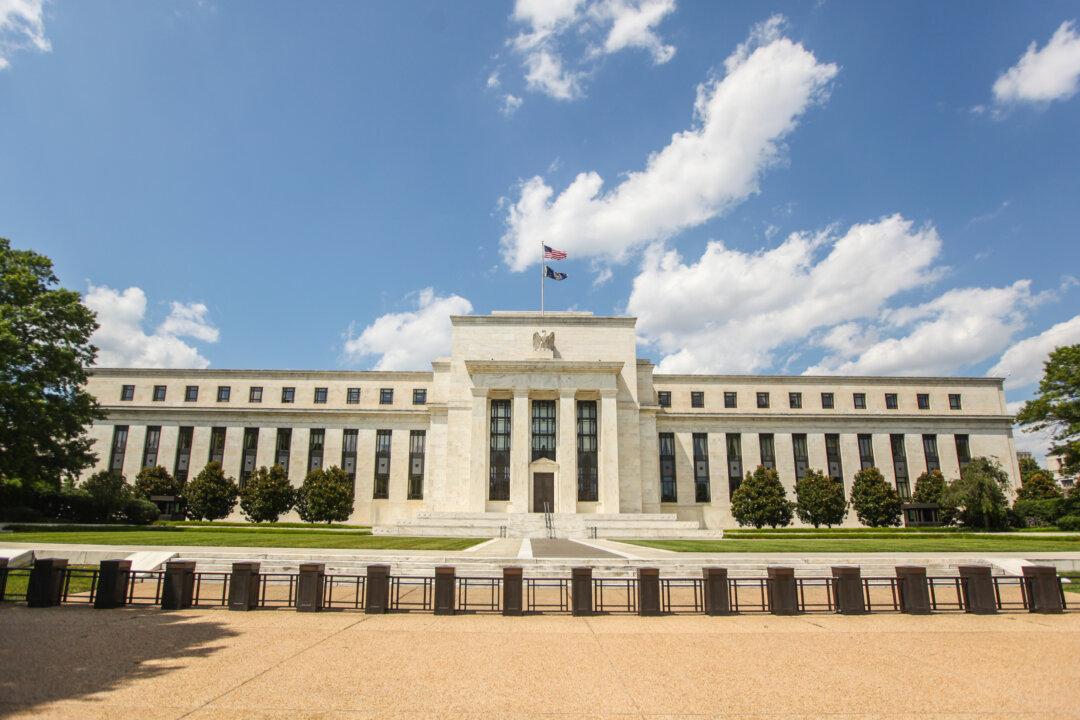After the investment bubble in China blew up, everybody from McKinsey & Co. to former Goldman trader Ted Wang is now hoping the consumers will come out and save the day.
Now it’s Ted Wang’s former employer Goldman Sachs pushing the same theme in a new report—and coming up with some surprising facts in the process.
For example, only 2 percent of China’s 770 million adults earn enough to pay income tax and only 11 percent can be considered middle class. Of course, Goldman thinks this is an opportunity rather than a sign that something is very wrong, like Gordon Chang, author of “The Coming Collapse of China.”
The Goldman report states “What the world has seen so far is only a preview of the opportunities to come.”
As opposed to Chang, who recently told Epoch Times, “When the system is no longer delivering prosperity, when you have real serious economic problems, I think people are going to say, ’I’ve had enough.'”
Of course, there are people in China making enough money to spend it and also pay income tax.
Goldman groups them into different categories.
- 1.4 million who make more than $500,000 (the rich)
- 146 million who make $11,733 on average (the middle class)
- 236 million who make $5,858 on average (the blue collar urban workers)
- 387 million who make $2,000 on average (the poor farmers)
With these numbers, it doesn’t come as a surprise that China ranks among the worst countries for income inequality as measured by the GINI coefficient. And doesn’t it appear odd that a country just having undergone the fastest industrial revolution on record still has the most people employed in agriculture?
However, let’s follow Goldman and look at the potential. According to Goldman, Chinese consumer spending has seven different categories:






